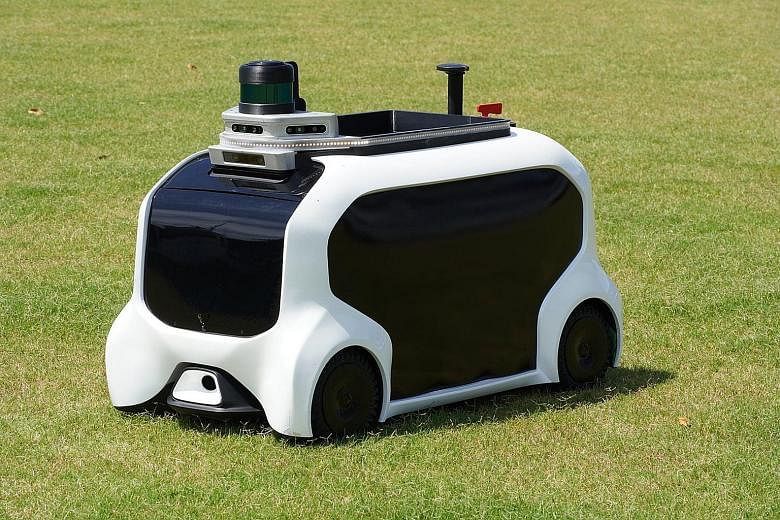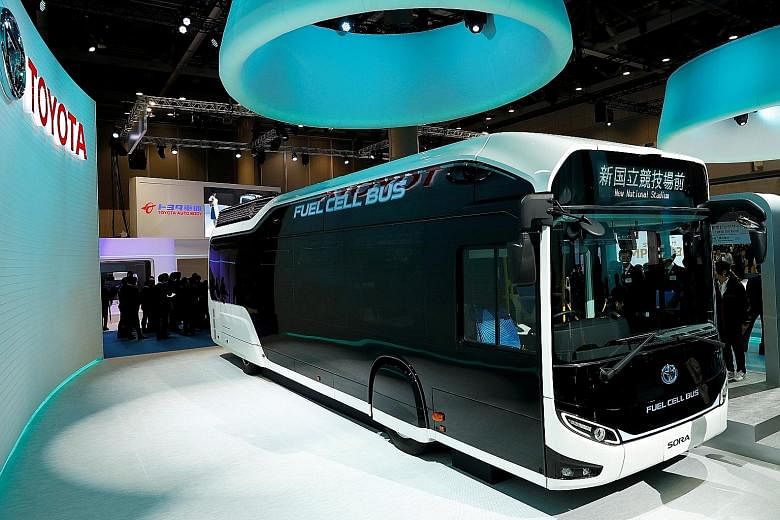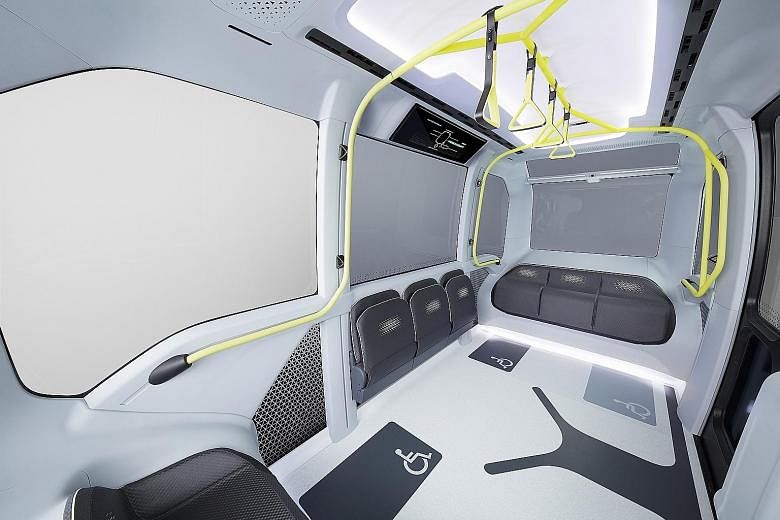Toyota is wasting no time in preparing for its role as a mobility sponsor of the 2020 Tokyo Olympics and Paralympics Games.
Among the vehicles for the Games is the boxy e-Palette shuttle. First announced last year, the "Tokyo 2020 Version" e-Palette will ply within the Olympic and Paralympic villages, serving athletes and officials.
Up to 20 e-Palettes will be provided. Modifications have been made since last year, based on feedback from athletes, especially Paralympians, Toyota says.
They include handrails and seats that are easy to use. Contrasting interior colours allow people with colour blindness to navigate more easily.
The e-Palette has large sliding doors, low floors, electric ramps and a special "Arrival Control System" that stops the vehicle as close to a bus stop as possible, leaving hardly any gap between its floor and the kerb. The e-Palette can transport up to four passengers in wheelchairs, along with a few more standing passengers.
It navigates using a combination of cameras, Lidar and high-accuracy 3D mapping, enabling it to drive itself at Level 4 autonomy (one level down from the highest Level 5).
Perhaps uniquely Japanese, the e-Palette can also communicate with pedestrians by mimicking eye contact. For example, the headlamps "smile" if the vehicle is giving way to pedestrians.
Aside from the e-Palette, Toyota is also deploying two fuel cell vehicles for transport between venues: the Mirai and Sora bus, which is now equipped with features like red light deceleration assist and right-turn collision caution.
Within the grounds, Toyota will also be deploying an army of small robots. They will retrieve thrown javelins, and be at the beck and call of officials.
Toyota says nearly 90 per cent of its vehicles will be electrified at the Games. Its fleet will include hybrids, plug-in hybrids, fuel cell vehicles and battery-powered vehicles.
Toyota claims CO2 emitted by the fleet will be less than 80g/km per vehicle - around half the level produced by a car with a combustion engine.
Wong Kai Yi



